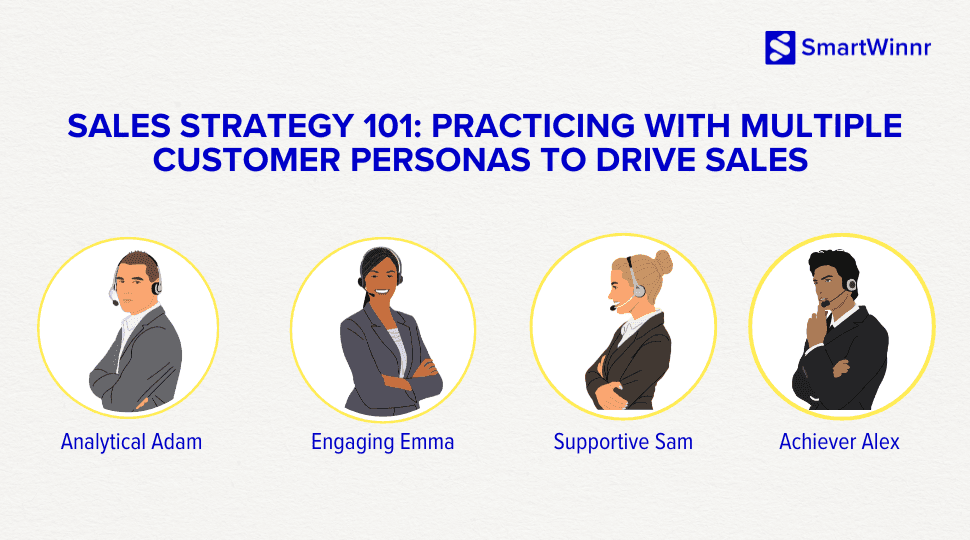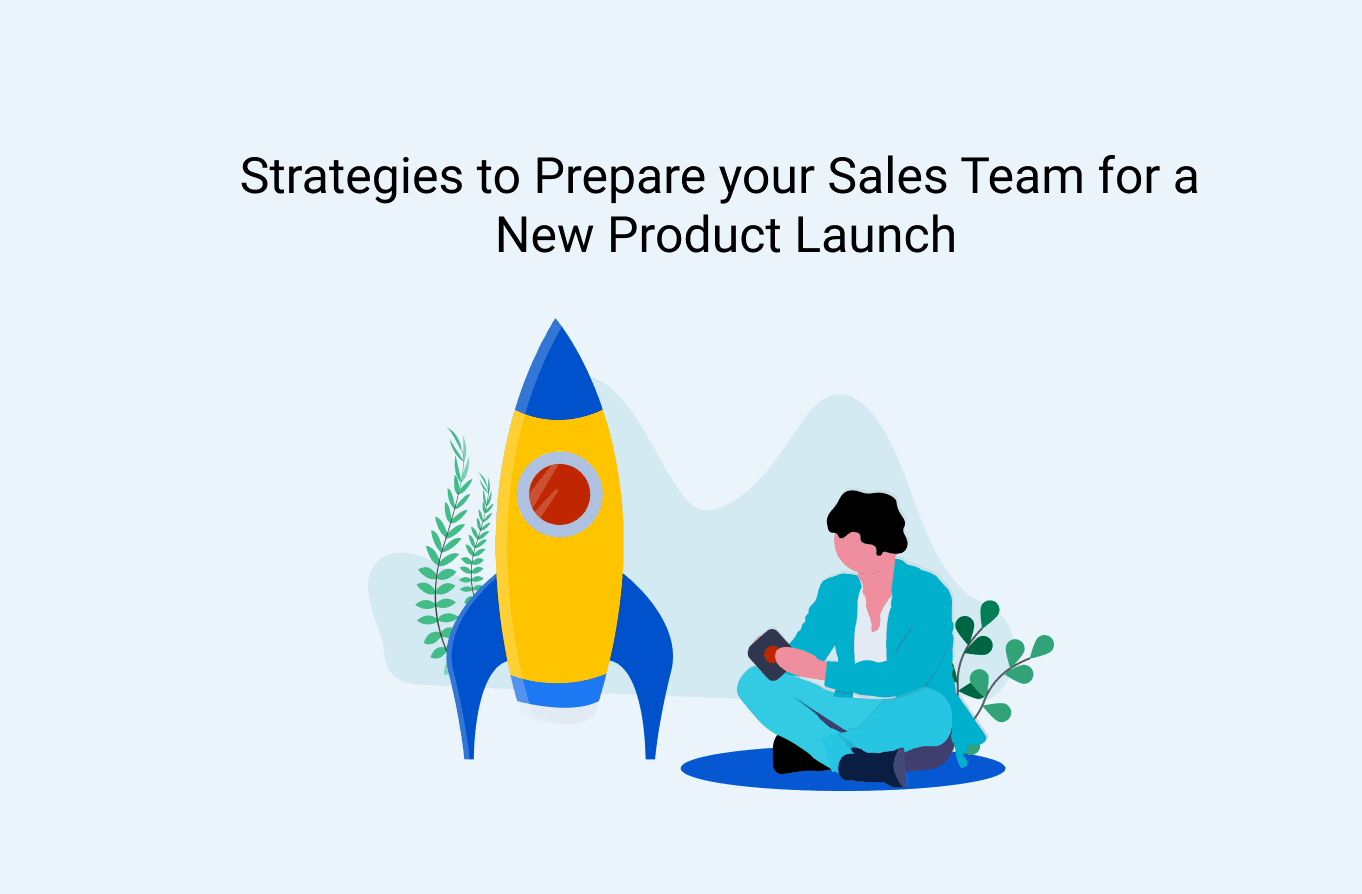What is a Sales Pitch?
Wikipedia says, “a sales pitch is a line of talk that attempts to persuade someone, with a planned sales presentation of a product or service designed to initiate and close a sale of the product or service.”
Well, a sales pitch is all of that and more. People tend to see a good sales pitch as something of an art form. Clients want to be told a story, to understand how your value proposition is going to solve their business problems. How you accomplish that is up to you.
But along with the art, a sales pitch is also science. The types of information that most likely convince a person to buy, or make them understand what you’re talking about, can be broken down to zeroes and ones.
Did you know 40% of people respond better to information in visual form than when it’s written? Or that the best sales pitches are two-thirds stories?
Why is it important to craft a perfect sales pitch?
Buyers today are more informed than they’ve ever been.
Research shows that 92% of customers say that better access to information (such as product information or reviews) has changed their expectations of companies.
Another report revealed that buyers spend 67% of their journeys online, where they can do their own research and seek advice from others.
These studies show that by the time you show up to deliver your pitch to your customers, they already know a lot about your company. So, a perfect sales pitch helps you in making a difference here.
Crafting a perfect product sales pitch is not easy. But, it is one of the most important things a sales rep can do to improve conversion rates and quota attainment.
That’s because a perfect pitch is not just a bunch of information put together for your customers. Rather, it’s a well crafted, personalized presentation.
To help you craft a pitch like that, we have come up with 10 amazing sales pitch ideas that go into making a pitch-perfect sales pitch. Check them out:
1. Have a crystal clear objective for your Sales Pitch
It is extremely crucial that you understand the exact objective of your sales pitch. Because this objective lays the foundation to build your perfect sales pitch.
You may be trying to convey an overview of your company, your product, or the value you provide to customers. You may also be trying to learn as much as you can about the buyer, what they need, and why they need it. Whatever the objective is, it becomes the central idea for your pitch.
This enables you to design the perfect messaging in your pitch. This, in turn, helps you and the buyer to move to the next steps.
2. Use Power of 3 points
The vast majority of people can’t remember more than three things at a time.
A good sales pitch follows a 3×3 rule. This means, in total, your sales pitch should convey information around no more than three big, central ideas. Each individual slide should contain no more than three pieces of information that you want the buyer to understand.
3. Tell a Story
Keep your listeners engaged by telling a brief story. The story could be either about the company or how a customer found success through your product or service.
4. Include Value Proposition
A value proposition should be the core of your product sales pitch. Prospects need to clearly understand the value that you will be providing them or their company. So, make sure that you include a short, crisp and clear value proposition in your sales pitch.
To help hone your value proposition, try this “VP” formula:
[Company name]
helps [target audience]
with [services]
so you can [benefits].
Need further help with this? Check out these examples of great value propositions:
_
Geekdom - "We're a new kind of collaborative workspace where entrepreneurs, technologists, developers, makers, and creatives help each other build businesses and other cool things together."_
_
Airbnb - "Airbnb is a trusted community marketplace for people to list, discover, and book unique accommodations around the world."
_
5. Personalize the Sales Pitch
A most effective sales pitch is the one that is personalized to the target audience. So, make sure that your sales pitch is relevant to your prospects and piques their interest. Customize it in a way that it addresses all the things that are most important to the person you’re speaking with.
Also Read: The 6 Buyer Personas and how to train your team to sell to them
6. Strike a balance with your slides
There’s a lot of conflicting information out there on slide design and how much information your slides should contain. Much of this is a result of the Zen-like slides that Steve Jobs popularized several years ago. Most presentation experts advocate for the “more is less” approach when it comes to designing slides. But, your slides need to convey enough specific information to move the prospect further along the buying process. To do that, here are some tips to follow:
Focus on writing slide titles that convey the key point of each slide
Include a visual element such as a screenshot on each slide
And, never have more than three pieces of information on each slide
7. Make it conversational
Most sales presentations follow the same pattern– “the seller communicates information to the buyer”. But, a good sales pitch facilitates a two-way exchange of information between seller and buyer.
So, make sure that your presentation prompts the buyer to share information with you about their purpose of meeting you, their requirements, and where they are in the buying process.
A few simple rules go a long way here:
Let the buyer interrupt you whenever they want
Ask them a few questions in between about their job role, company or industry
Ask the buyer if they have any questions every five minutes
And, present information that would cause the buyer to either to agree or disagree with you
Also Read: 5 role-play activities that will prepare your team to win any sales conversations
8. Use relevant examples and data
Make sure that your sales pitch incorporates
Specific examples
Testimonials
Research data
Case studies
All these things will serve as proof that you’ll provide to answer this question of your prospect: “How do I believe you?”
For example, instead of generically describing what your product does, provide the customer with a specific example of how a company from the same industry uses the product. Whenever possible, use contextually relevant examples and specific metrics to support the key points you’re making.
9. Leave time at the end of the pitch
How many sales meetings have you been in where the sales rep doesn’t leave time at the end to discuss the next steps? You’re not alone if you answered “all of them”. Make sure that you leave at least five minutes at the end of the meeting to
Answer the questions of the prospects
Get feedback from them
And, discuss the next steps
10. Ask for Sales
This is the last but most important part of a sales pitch. Once you deliver a perfect product pitch that
Addresses your buyer’s problems
Offers them a solution
And supports your claim with facts and statistics
The next step is to give your buyer some clear instructions on what they need to do next. So what would that be? Ask for the sale of course!
Surprising fact: 85% of the interactions between salespeople and prospects end without the salesperson ever asking for the sale.
Yes, you read that correctly, 85%!
Don’t be shy to ask for the sale. You’ve come this far, so why stop now?
By now, you’ve convinced your prospective customer of the brilliance of your offering. The next step is how they can take advantage of it. Communicate clearly about the action they need to take to become your customers.
Do they need to click a link to your website? Or pick up the phone and call you directly?
You can also write and send an email to them clearly explaining the “Call to action”.
How will you practice your sales pitch?
Create a long and a short version of your pitch so that it suits your buyer’s persona and time. This is important because some buyers prefer to take time to know every minor detail about you and your company before landing on a decision. While some other buyers want you to cut to the chase and make a decision quickly. Learn about various buyer personas and how to sell to them.
Write down your short and long version of the pitch clearly so that it is easy for you to practice each one. Now, make sure that you do more than just mentally rehearsing the pitch. Here is a simple formula that drives a perfect pitch:
Perfect Pitch = Say the right thing + Say it the right way
So, in order to get this formula right, you need to thoroughly practice:
The text of the pitch
And, the way you present it
One of the best ways to achieve perfection in these two aspects is to record a video of yourself presenting. This technique is sure to work because you will be able to view the video back to find mistakes and correct them. You can make multiple attempts here until you have a perfect pitch. You can also share this recorded video with your managers and peers to get feedback from them on how to improve your pitch.
Check out SmartWinnr’s coaching platform which will help you in improving the effectiveness of your sales pitch.
Conclusion:
That’s all about perfect pitching! Now that you know a lot about creating a pitch-perfect pitch, go ahead and implement your learnings from this blog to crack your next big deal.

















































